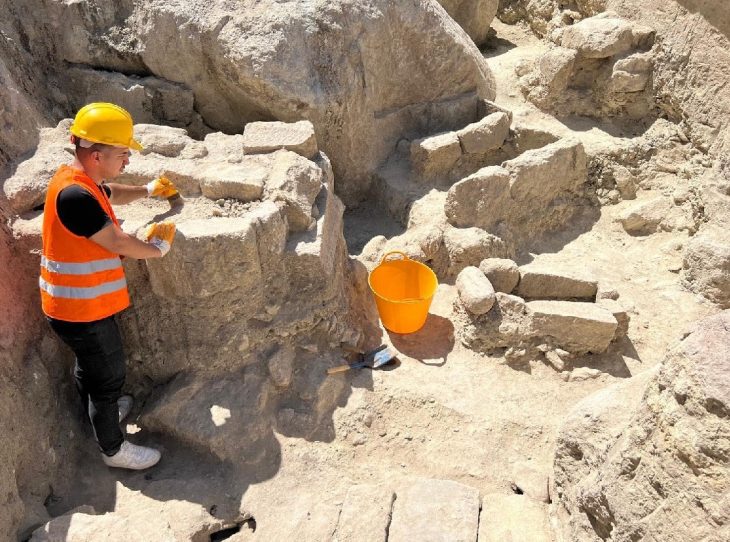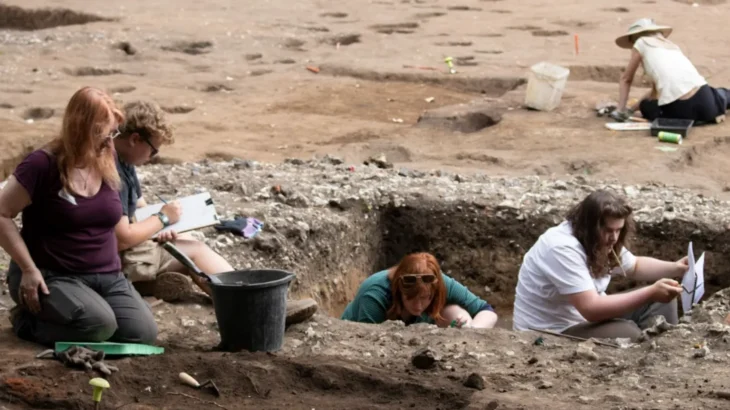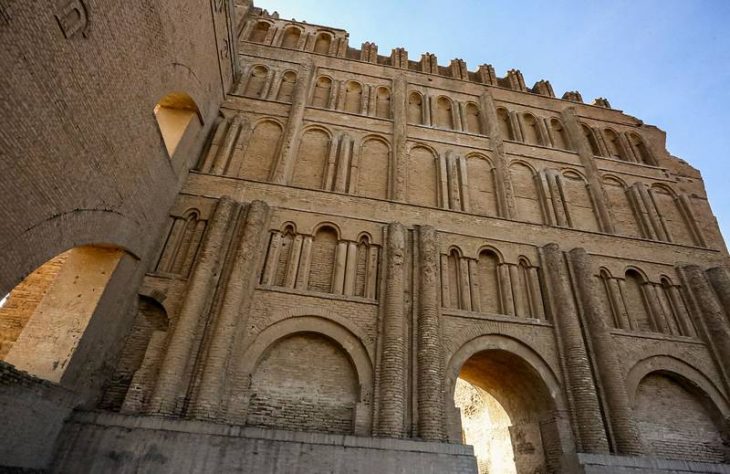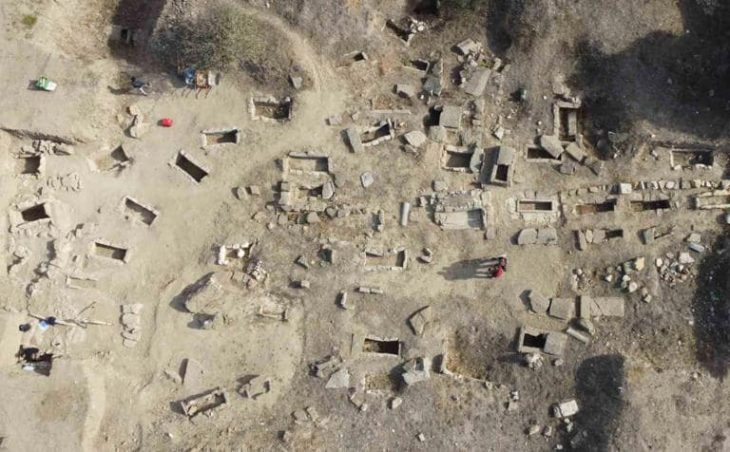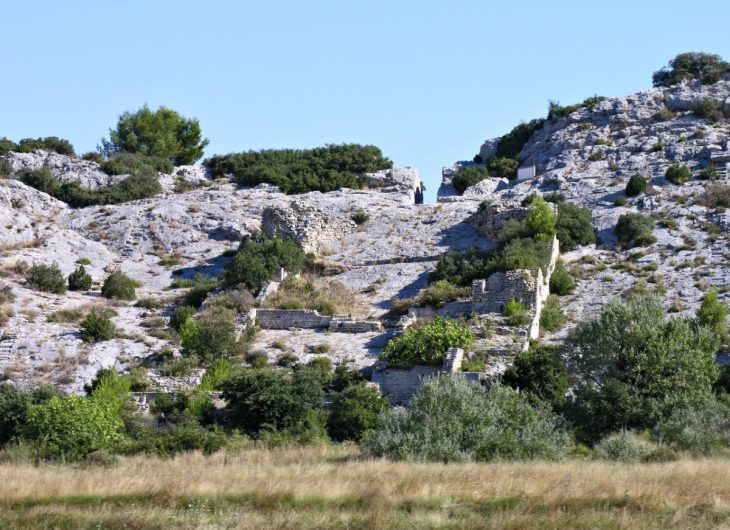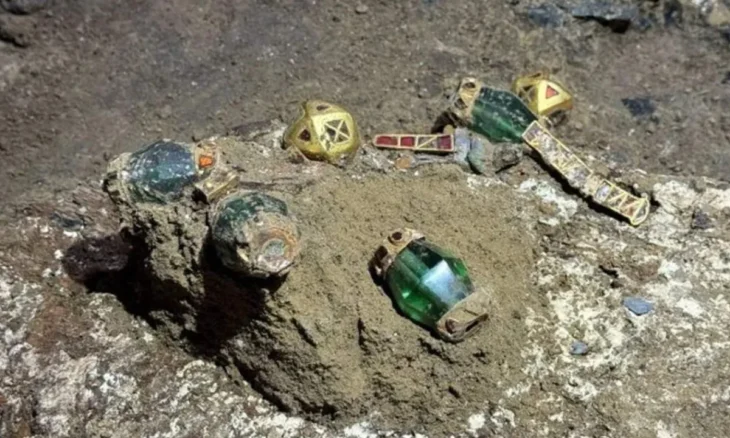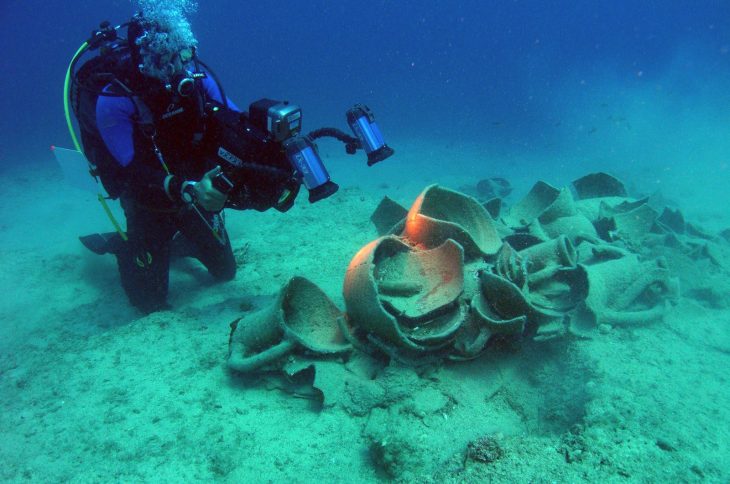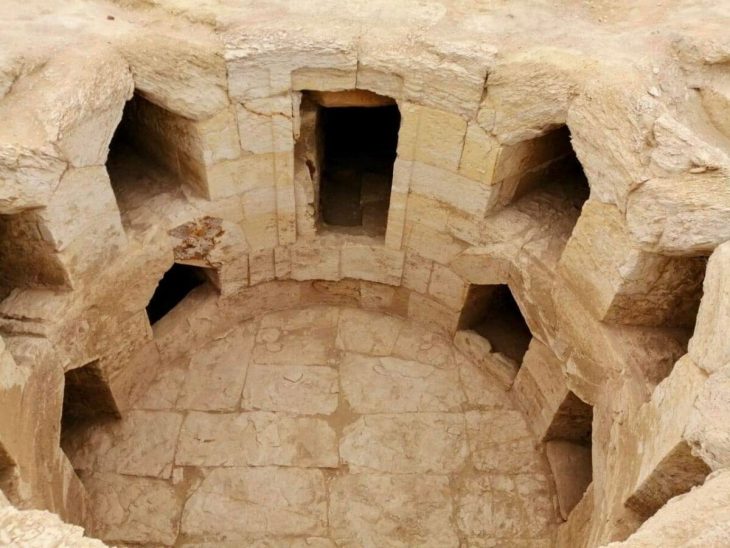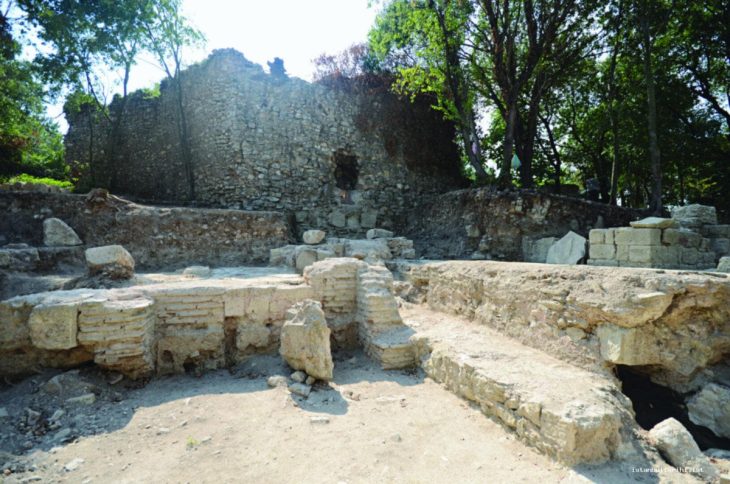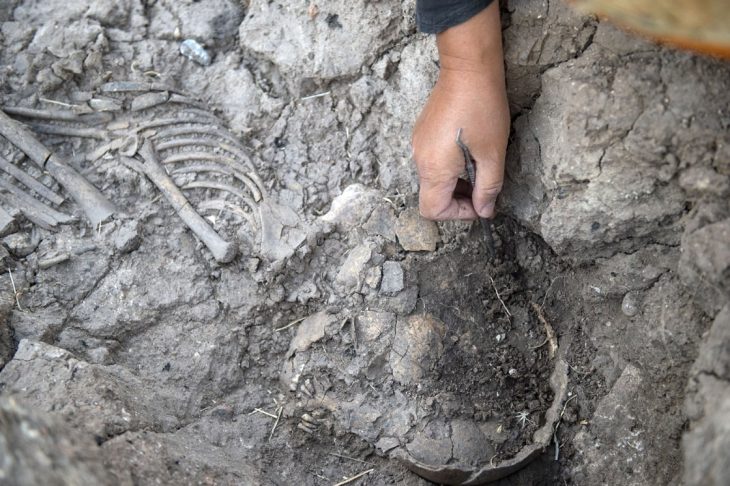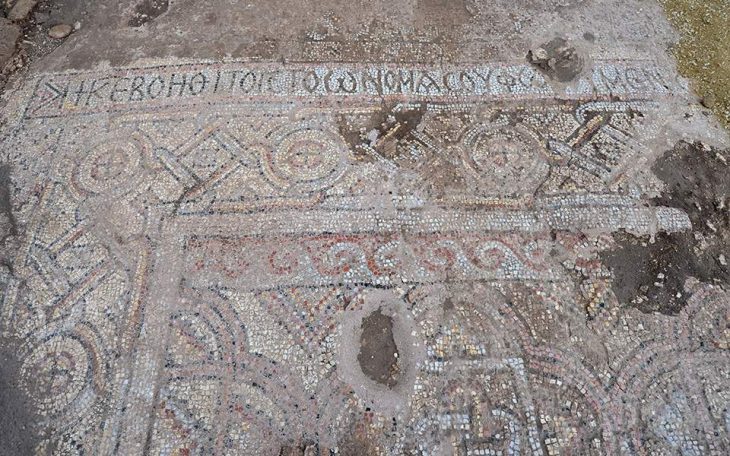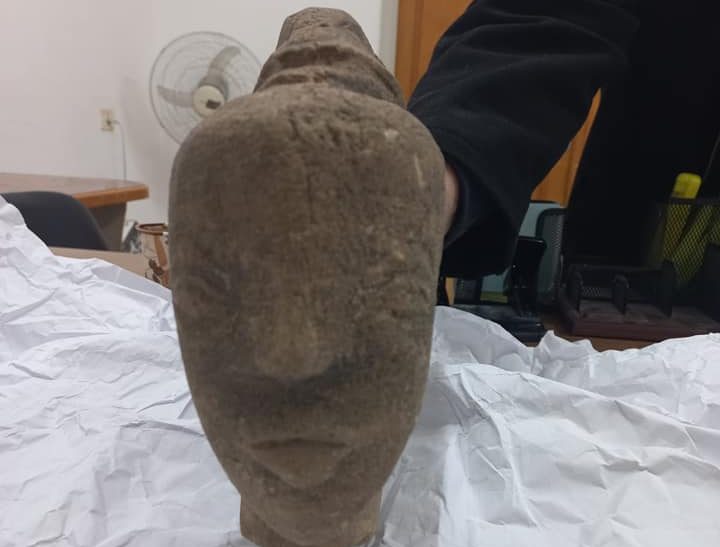An ancient marvel, unique in design and history, is being unearthed in the heart of southwest Türkiye.
Archaeologists working in Stratonikeia – a vast ancient city located in Muğla Province and listed on UNESCO’s World Heritage Tentative List – have uncovered significant portions of a rare Roman-era library, shedding light on the intellectual and architectural grandeur of the time.
Known as the “City of Gladiators” and one of the world’s largest marble cities, Stratonikeia has been the focus of continuous archaeological excavations since 1977. Today, efforts are active year-round under the direction of Prof. Dr. Bilal Söğüt, head of the Stratonikeia and Lagina excavation team from Pamukkale University.
Library at the Crossroads of Ancient Civilization
Nestled at the intersection of four major streets in the city center, the library was originally constructed during the Hellenistic period and later redesigned in the Roman era. Mosaics added in the 4th century AD indicate the building’s continued importance into late antiquity. According to inscriptions found on-site, the library was built by a master craftsman from Ephesus, a cultural hub of the ancient Aegean.
“We have been excavating this structure for the past five years,” said Prof. Söğüt. “We’ve uncovered key sections including the main entrance, the southern portico, the central courtyard, reading hall, and adjacent rooms. These findings point to a library of considerable scale and significance.”
📣 Our WhatsApp channel is now LIVE! Stay up-to-date with the latest news and updates, just click here to follow us on WhatsApp and never miss a thing!!
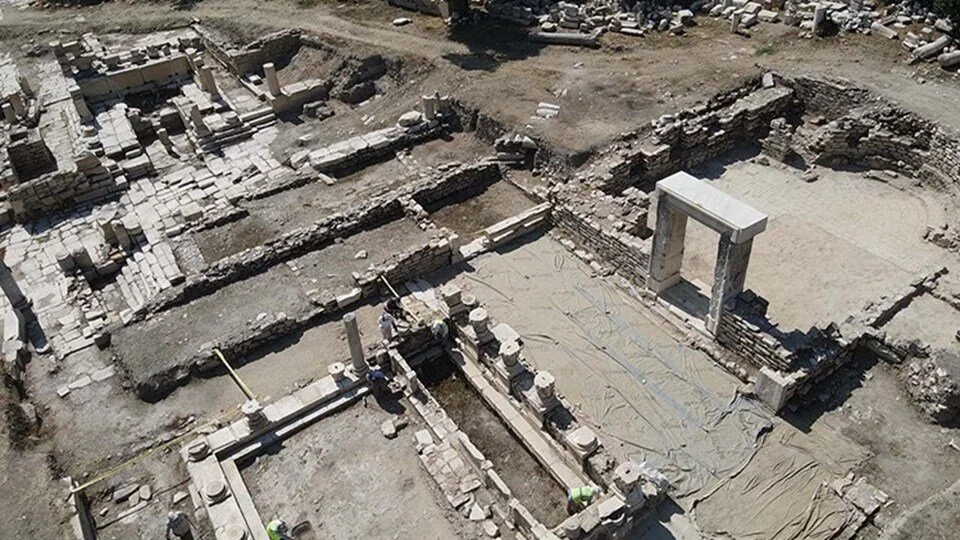
A Survivor of Earthquake and Time
In the early 7th century, a devastating earthquake struck the region, causing widespread damage. While much of the city shrank in size and function afterward, the remnants of the library remained—a silent witness to centuries of cultural continuity and intellectual pursuit.
The excavation team has not only mapped out the library’s entire layout but also identified its structural evolution over time. “We now understand how this building changed across different eras, how it was restored after disasters, and how it continued to serve the community,” said Prof. Söğüt.
Unique Architectural Blueprint
What makes this discovery even more compelling is its architectural plan. Researchers have found that the Stratonikeia library’s layout is unlike any other known library in Anatolia. In fact, it appears to have served as a model for a later library built in North Africa, offering invaluable insights into cultural exchange across the Mediterranean.
“Our goal is to reconstruct part of the library’s columns and structural elements to allow visitors to experience its original majesty,” added Prof. Söğüt. “This isn’t just a building—it’s a testament to the timeless value of knowledge.”
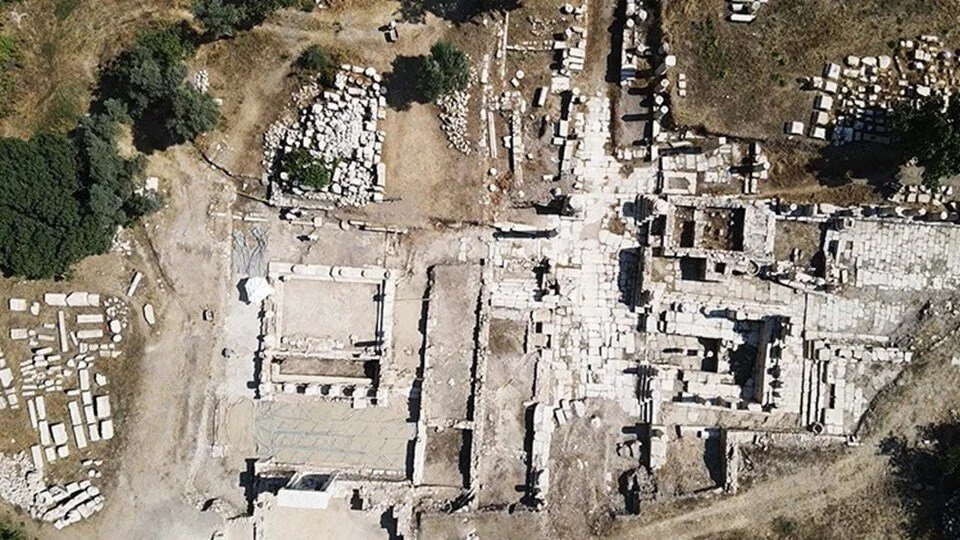
A Cultural Landmark for the Future
With each layer unearthed, Stratonikeia continues to reveal the complex social, architectural, and intellectual fabric of ancient Anatolia. As restoration and preservation work moves forward, the city’s newly uncovered library is expected to become a focal point for both academic research and cultural tourism.
Cover Image Credit: AA


